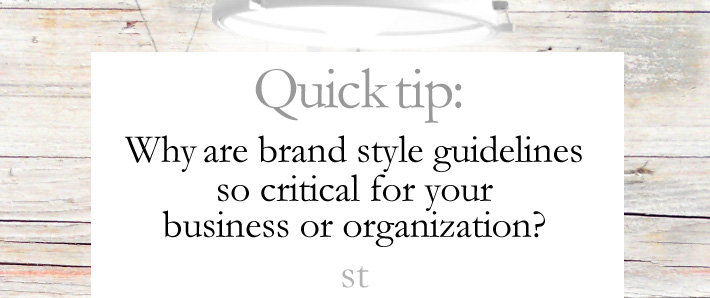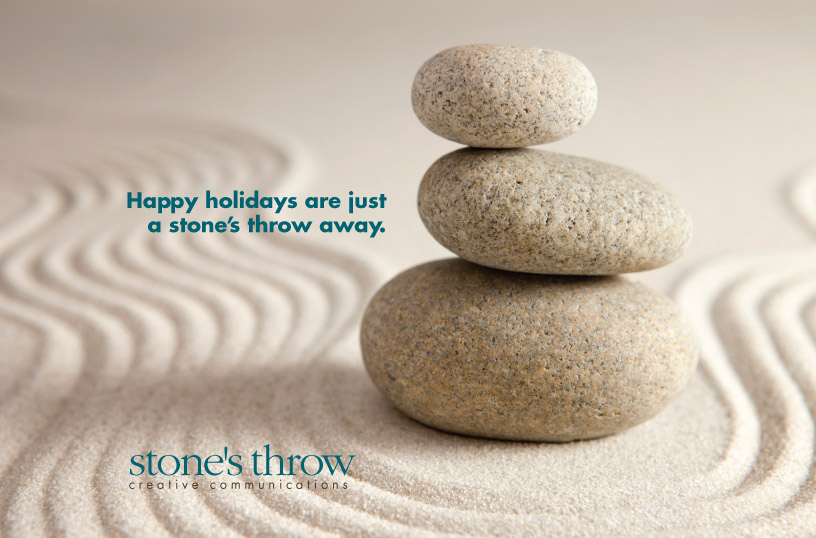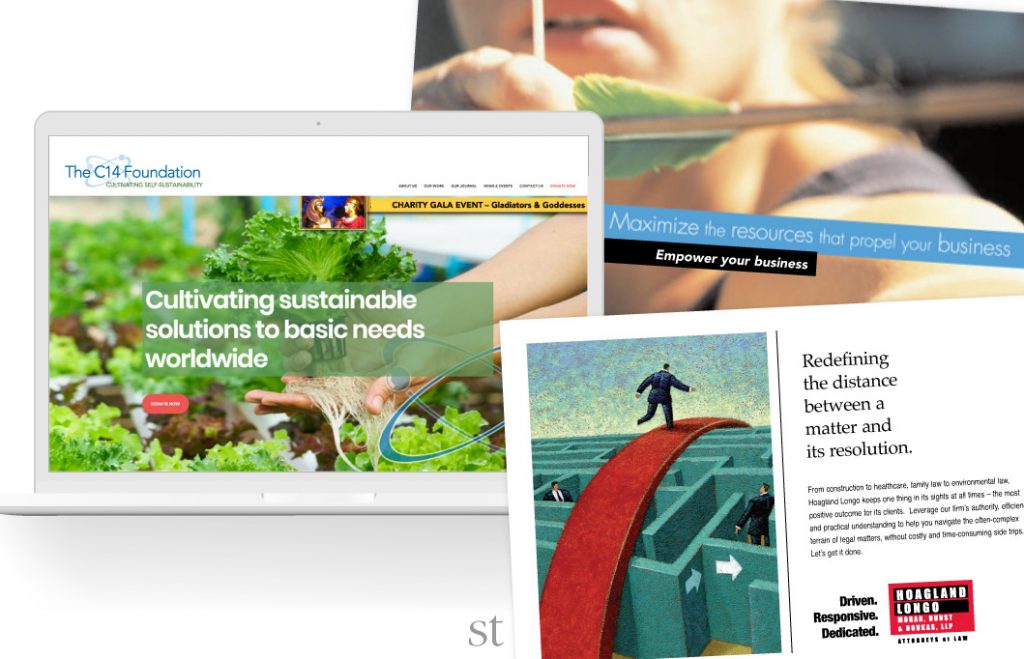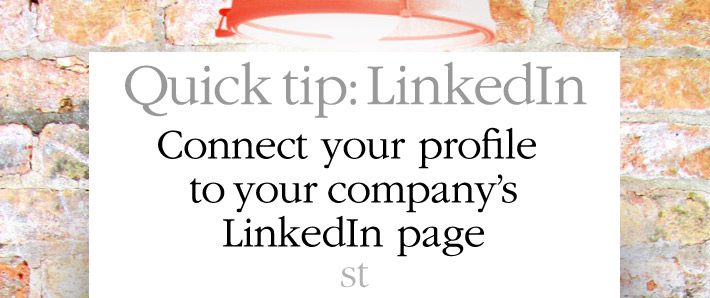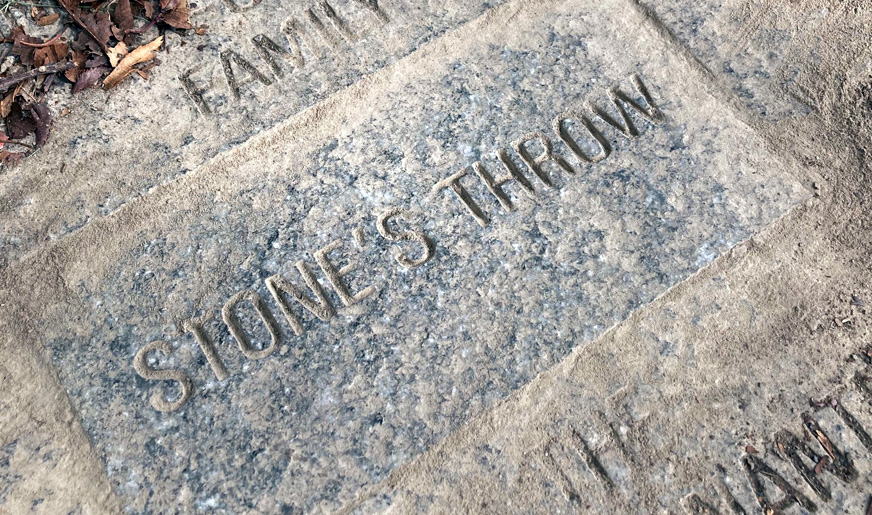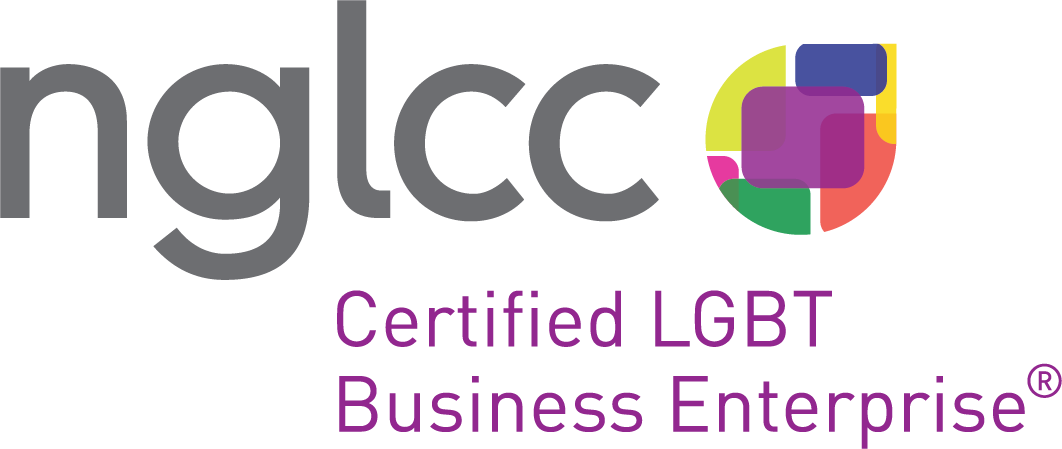By Janice Mondoker, Director of Design Realization
A brand is a valuable asset and consistency improves brand recognition. In the past few months I’ve come across several companies and organizations that did not have style guidelines in place. There are multiple benefits to setting standards for how to display your brand look and feel. Deviations can confuse, contradict, or erode your brand, diluting the impact you’ve worked to achieve. Using style guidelines is a way to ensure that your brand image is presented with the quality you intend.
To start, catalog your logo, brand colors, typefaces, sizes, and preferred placement. Do you use an approved one-color version? Stacked or horizontal? One or two pages of general guidelines will help reinforce your brand mark and keep other team members on the same page.

